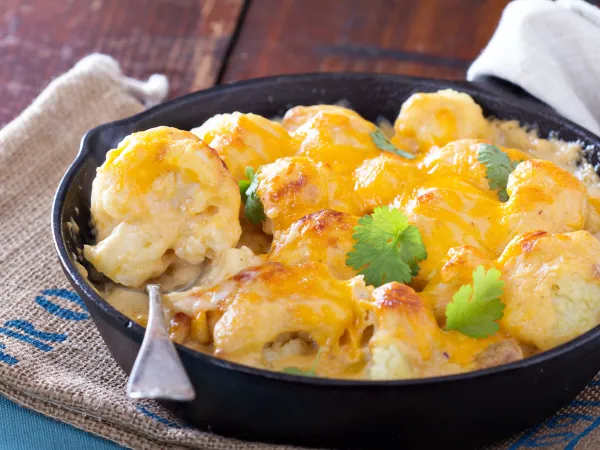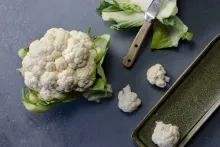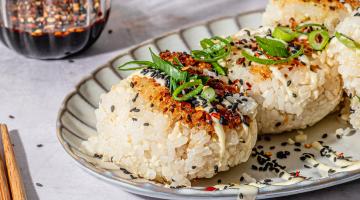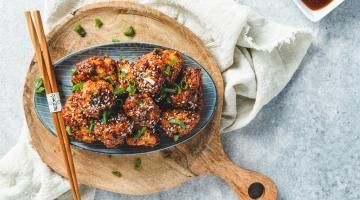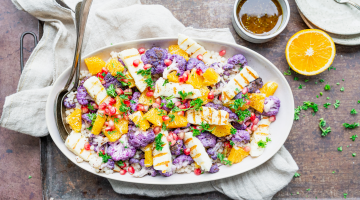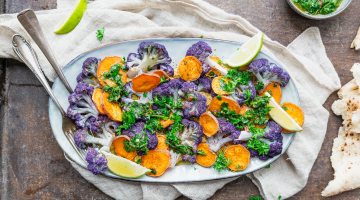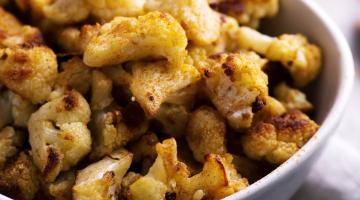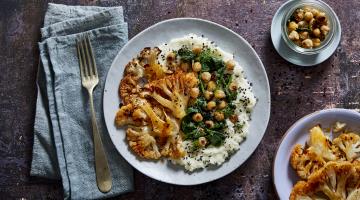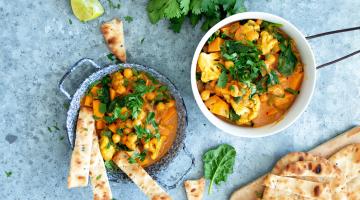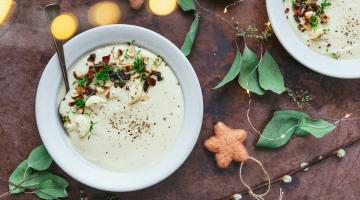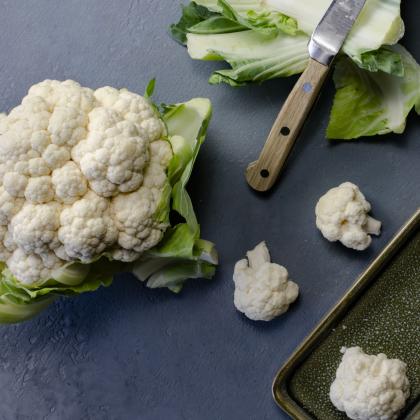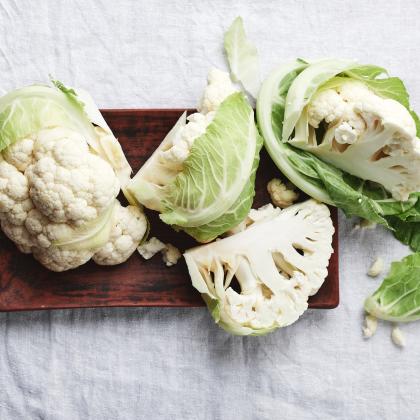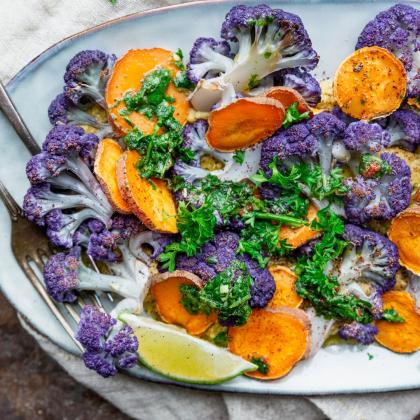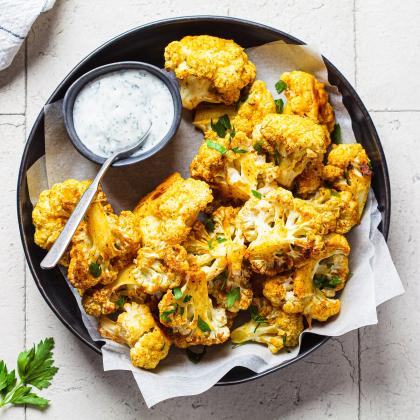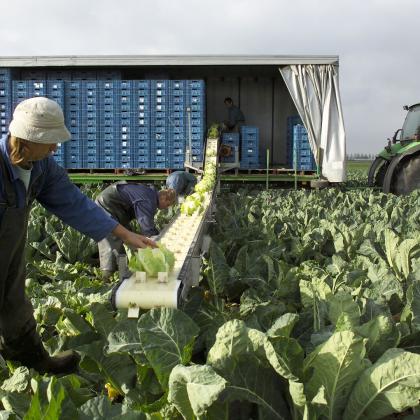Cauliflower recipes
All around the world, cauliflower is prepared in surprisingly versatile ways, from cauliflower curry to crispy snacks. For example: Tempura Cauliflower – In Japan, cauliflower is dipped in a light batter and fried as tempura, giving it a crispy texture. Buffalo Cauliflower Wings – A vegetarian version of the famous Buffalo wings, where cauliflower florets are baked or fried and coated in a spicy, flavourful sauce. Roasted Cauliflower with Tahini – In countries like Lebanon and Israel, cauliflower is roasted until golden and crispy, then served with a creamy tahini sauce. From creamy to spicy and crispy: cauliflower consistently proves its versatility in kitchens worldwide!
How to Prepare Cauliflower
Boiling and steaming
Boiling and Steaming Cauliflower
Cauliflower is best when it still has a slight bite, so be careful not to overcook it – otherwise, it loses flavour and becomes too soft. For boiling, aim for about 6 to 8 minutes to keep the florets firm. If you choose to steam it, allow a little longer, between 7 and 9 minutes.
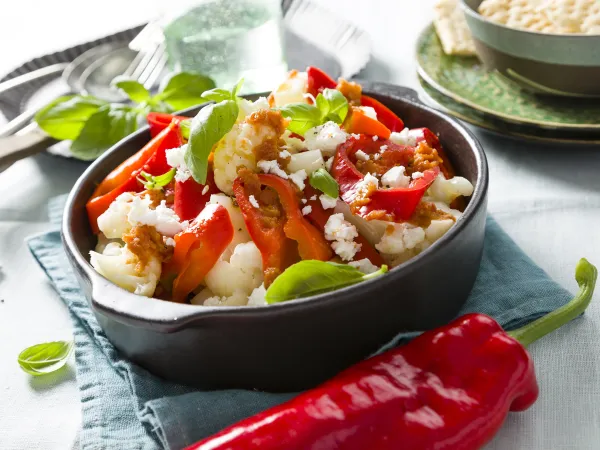
Oven
Cauliflower in the Oven
There’s no single way to bake cauliflower – you can go in many directions. For a quick preparation, spread cauliflower florets on a baking tray, drizzle with olive oil and season to taste, then roast them at 200°C for 15-20 minutes until golden.
Fancy trying a whole cauliflower? After marinating it with your favourite spices, wrap it in baking paper or aluminium foil and let it slowly cook at 150°C for about 1.5 hours. Afterwards, remove the wrapping and place the cauliflower back in the oven for another ten minutes for a deliciously crispy crust.
